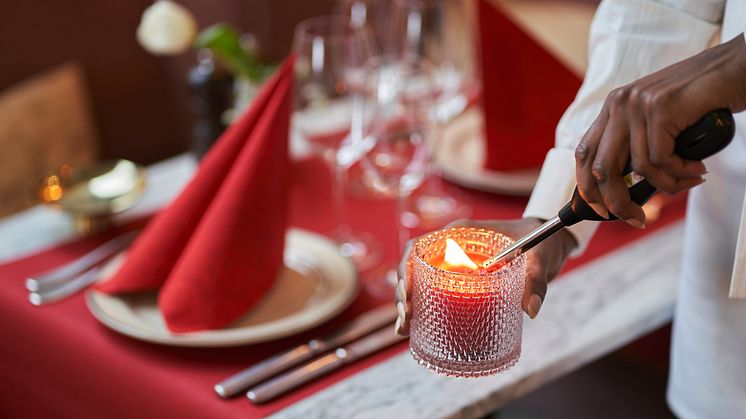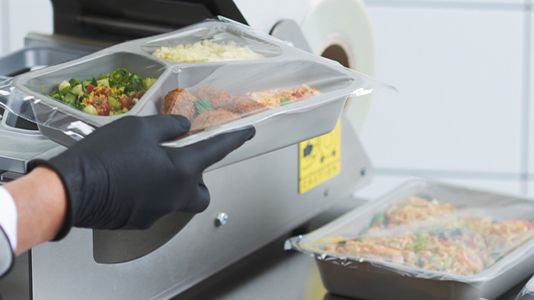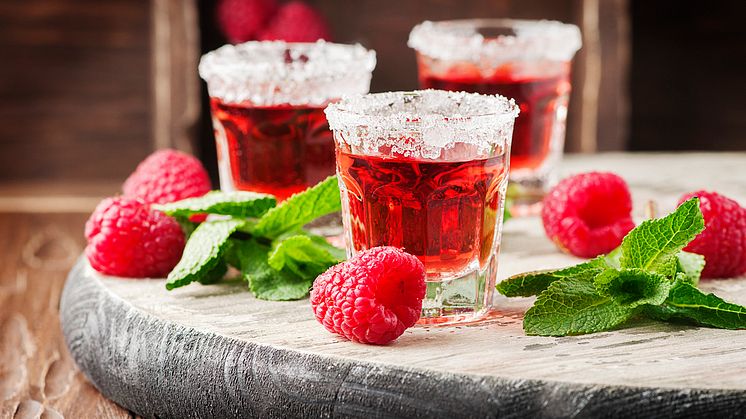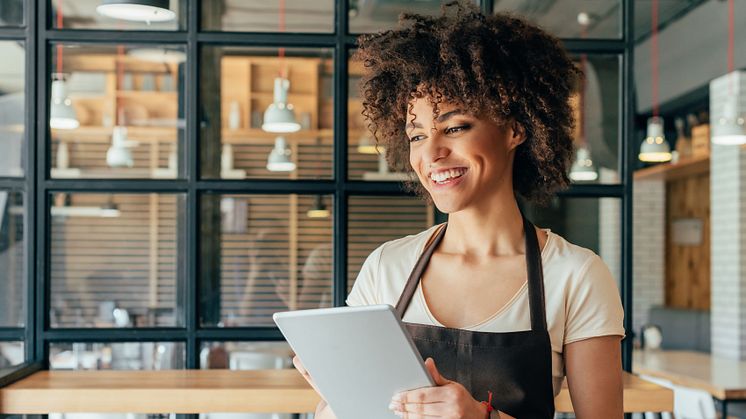
Blog post -
Top 5 Tips To Speed Up Restaurant Service
One of the biggest challenges facing restauranteurs today is providing customers with a quality dining experience that doesn’t include rushing customers out of their seats. The reasoning behind it is simple; the faster the table turnover, the more customers you serve, and the higher the revenue for your business thus the more successful your venture.
If every table results in a gross margin of £20 and you can improve table turnover by 10%, then in a casual dining chain of 100 restaurants with 50 tables, you should see an annual gross margin improvement of £3.65m. Whether you’re a full-service chain restaurant, country pub, luxury hotel or a fast-casual establishment, it’s clear that every second counts in the hospitality industry.
Here are our top 5 tips to speed up your restaurant service:
1. Table Settings
Never underestimate the impact of good tableware in your restaurant. From delivering a good first impression to your customers to speeding up table clearing at the end of service, smart table settings ensure your customer has everything they need for their meal, freeing up your staff to provide a better experience as they’re not having to go back and forth to deliver napkins, cutlery, and condiments.
Whilst linen tableware is an option, paper alternatives work better in a fast-paced environment, as they can be easily replaced between customer sittings for improved hygiene with no laundry required. Duni provides premium FSC® certified napkins and table covers with high absorbency, whilst also giving you the option to easily change up your restaurant aesthetic on any occasion with new designs and colours. An option not typically offered with traditional linen tableware due to logistics and high cost.
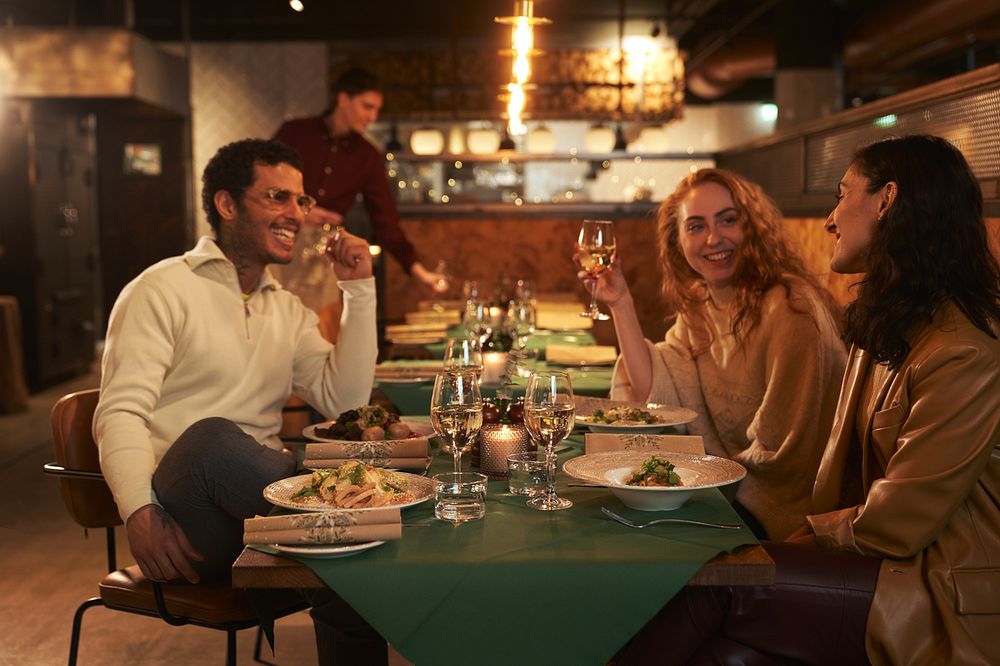
2. Incorporate bright colours
Numerous academic studies have shown that colours have a strong psychological influence on everything from human behaviour to home decor. Red, orange and yellow will naturally encourage your guests to eat more quickly thus increasing your table turnover; this is why these colours are the predominant theme in many fast food establishments including McDonalds, KFC and Burger King. White, on the other hand, offers a more relaxed atmosphere and therefore features heavily in formal dining restaurants and event catering, in environments where people are encouraged to dine more leisurely.
Use colour to your advantage in your restaurant décor. Incorporate colour in everything from table settings and menus to overall restaurant design and staff uniforms.
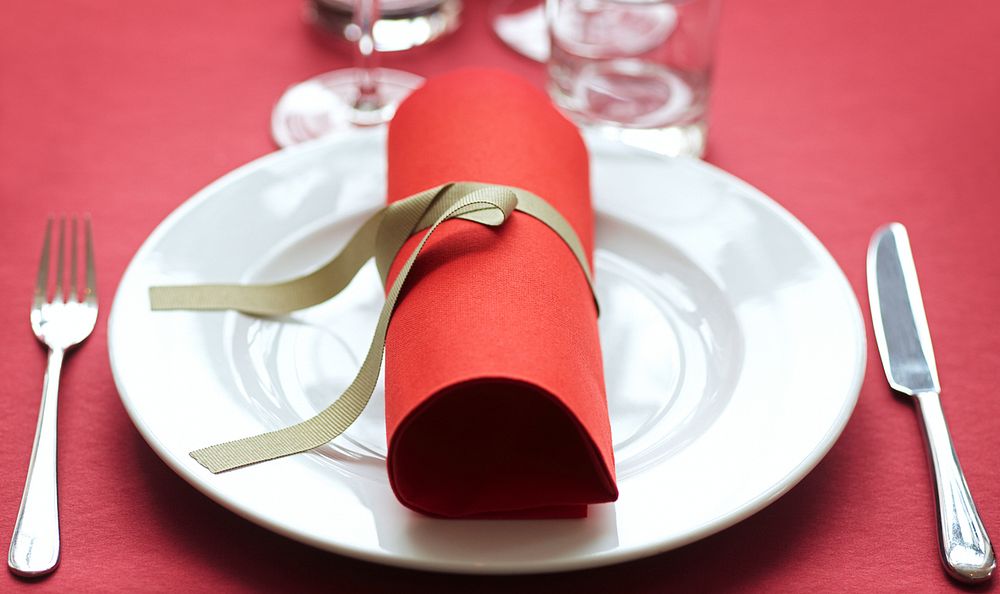
3. Simplify your menu
Whilst offering your guests a wide array of food choices initially seems like a good idea, it can be overwhelming for guests. Restaurants with tailored smaller menus have become increasingly popular in recent years, and the trend only looks likely to continue. A small menu is a quick way to increase table turnover as it ensures customers are ordering faster, speeding up the service side of your business.
You can even take traditional ‘ordering’ out of the equation completely by hosting your menu online or even in an app, with customers scanning a QR code to access. This has added advantages as it allows you to adjust your menu in real-time if an item becomes out of stock and ultimately reduces contact between your staff and customers, in a time when hygiene is of utmost importance.
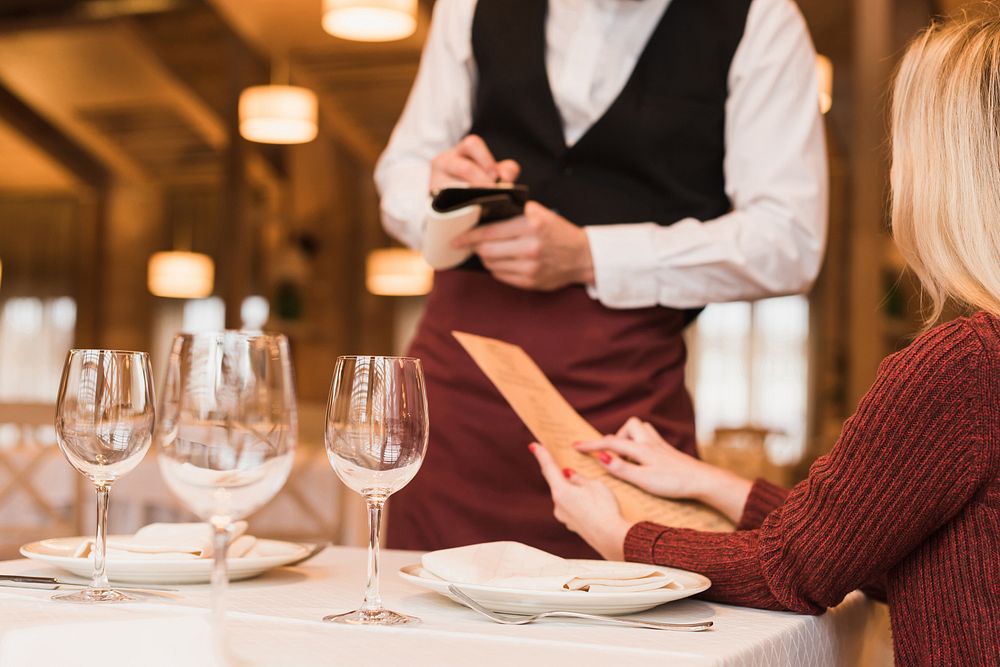
4. Assign more than one server to large parties
Large dining parties can be overwhelming for one server to handle resulting in slower ordering times and poorer customer service, not to mention they will typically leave a larger mess behind. If you have enough staff, consider assigning at least two servers to each party. Guests will feel attended to, and more likely to leave an online review, and you can increase your table turnover by halving the work with more than one server.
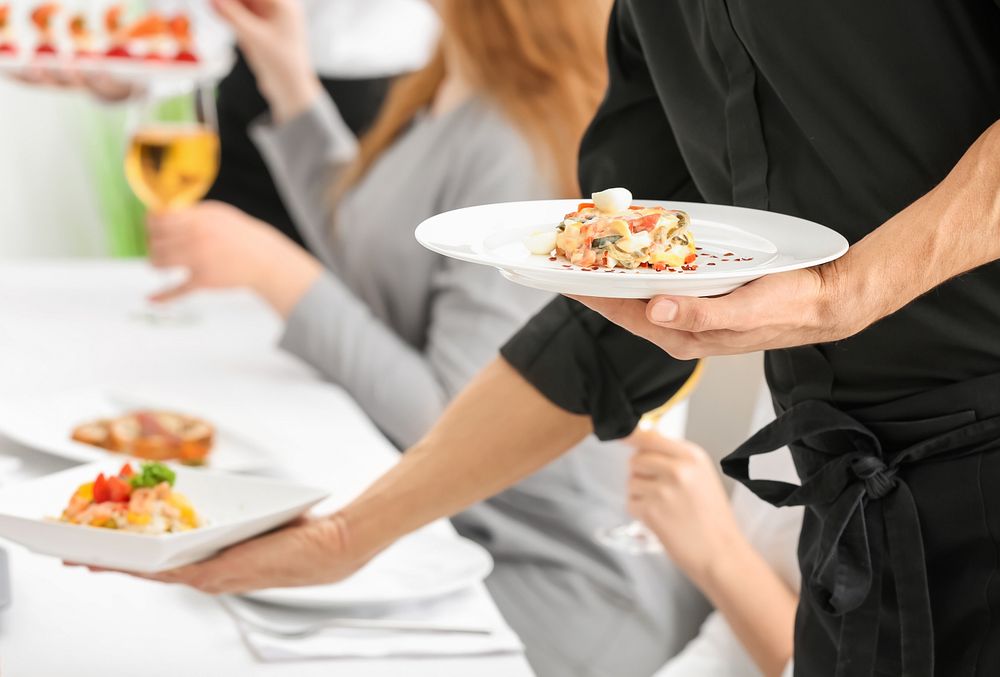
5. Redesign your seating layout
Consider your seating arrangements – comfortable booths and big soft chairs will keep guests seated for longer but, to maximise table turnover, tables are the way forward. Balance comfort with your need to flip tables. Be mindful that people in booths tend to spend more per minute so, rather than replacing them entirely, consider a mixed restaurant seating design, and place groups there instead of couples to maximise spending.
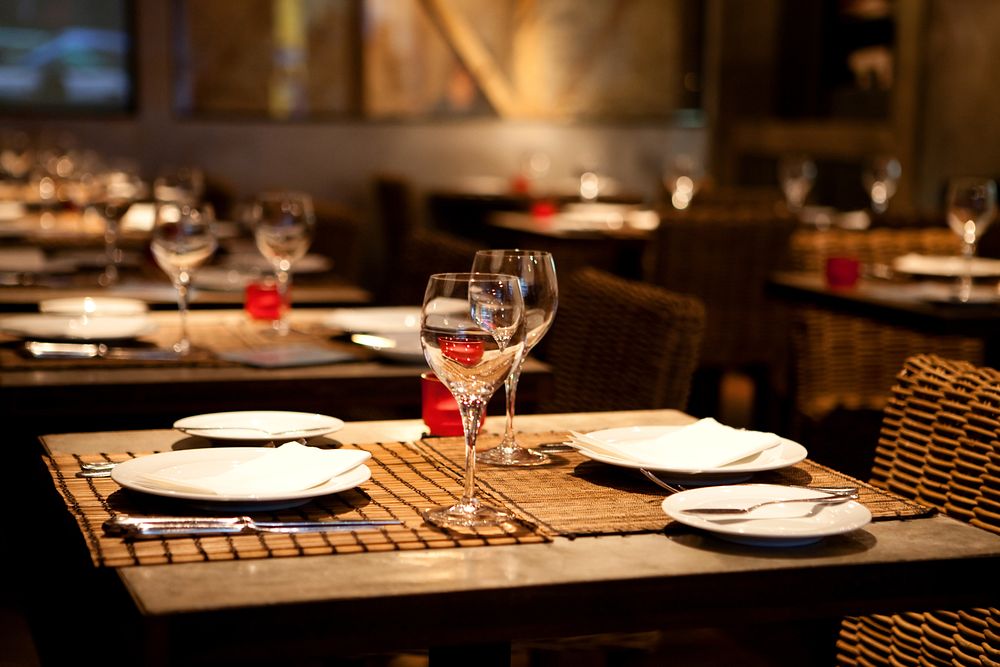
Learning how to manage seating in a busy restaurant environment is not a simple task but, the return is worth the time investment. If a two-seater table spends £50 on average, and the restaurant has capacity for 20 two-seater tables, then an improved table turnover (one more sitting per table) is worth £1,000 per service, approximately £7,000 per week and an incredible £364,000 per year.
